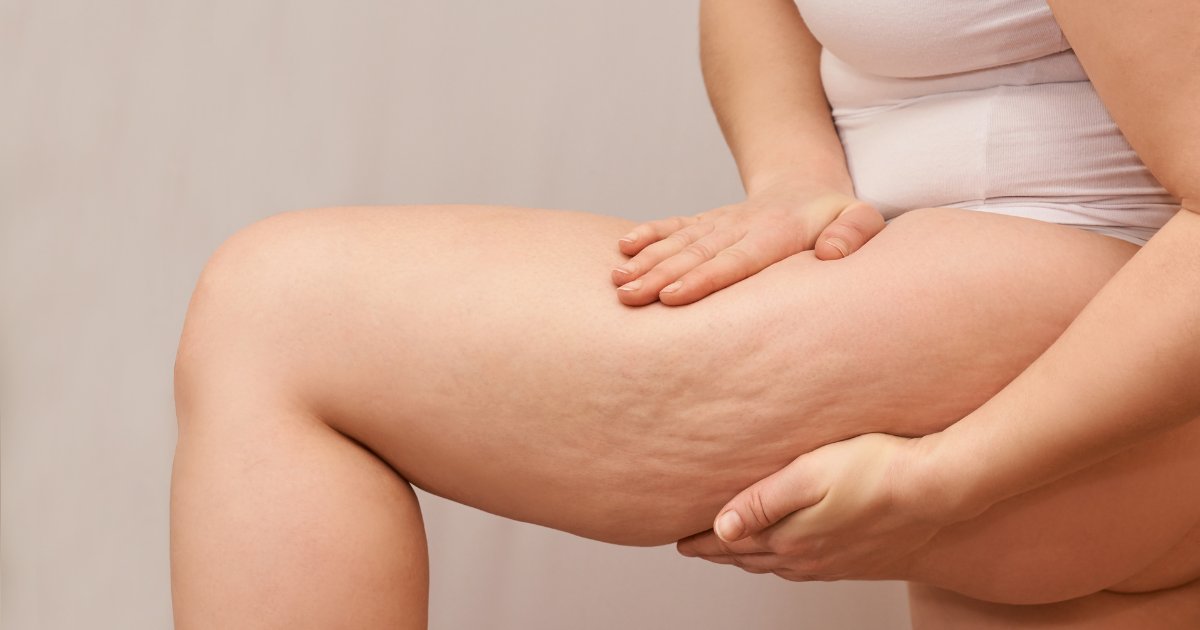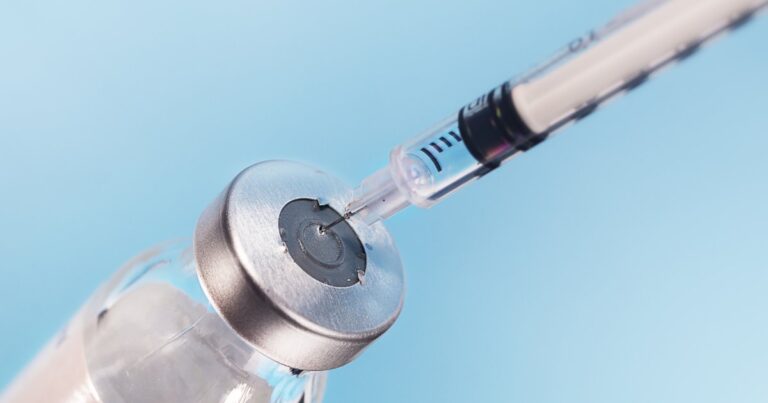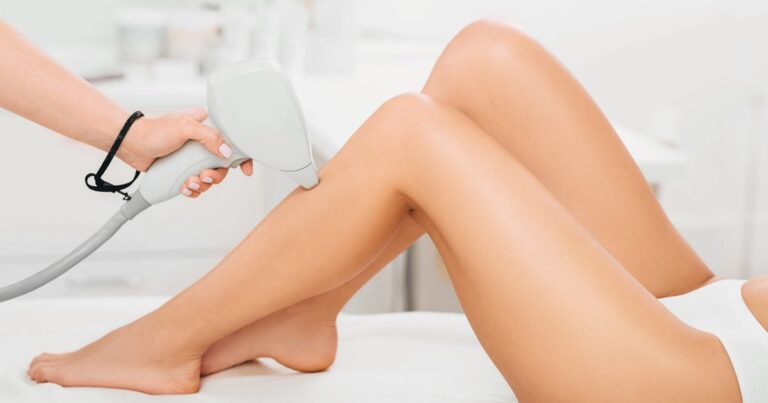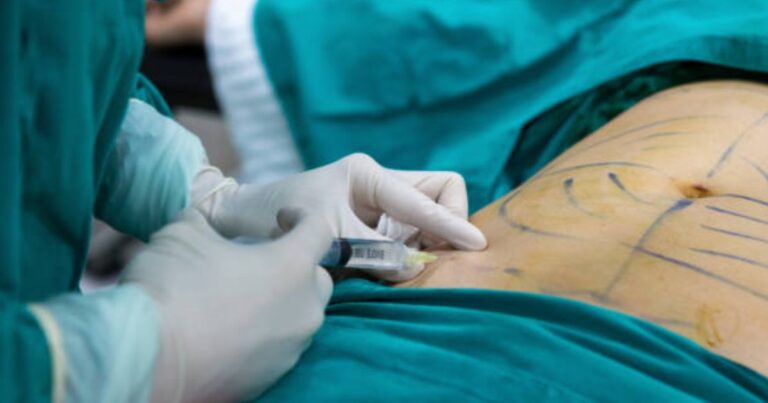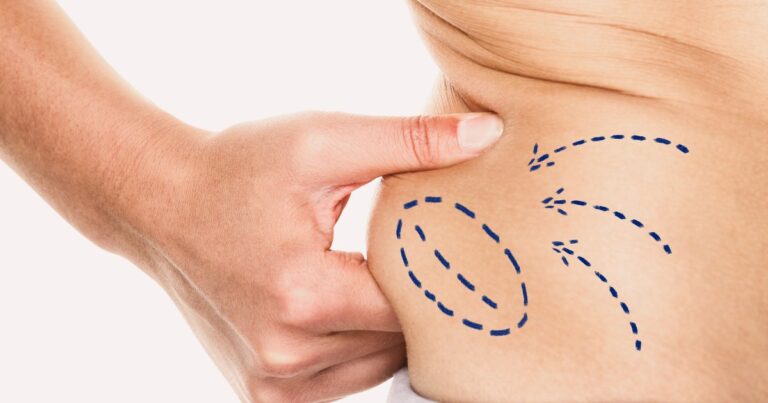Liposculpture, widely recognised as liposuction, stands as a highly favoured cosmetic surgery designed to eliminate unwanted fat from specific body regions. The technique involves creating diminutive incisions through which a slender tube, known as a cannula, is inserted and connected to a vacuum device. This apparatus then efficiently extracts the fat cells.
Though liposuction is predominantly a safe and effective procedure, it can occasionally result in visible scarring. The good news is that these scars often diminish and become less noticeable over time, especially with diligent post-operative care. This article aims to provide an extensive overview of liposuction scarring, delving into aspects like scar appearance, available treatment options, and the typical healing trajectory.
Typical Appearance of Liposuction Scars
Liposuction incisions are small, usually less than a quarter inch long. The scars are placed in inconspicuous areas that can be easily hidden by clothing or swimwear, such as:
- Inner thighs
- Flanks/sides
- Lower abdomen
- Upper arms
- Back of the legs
- Hips/love handles
Immediately after surgery, the incisions will likely appear red or pink in colour. Over the next 12 months, liposuction scars tend to:
- Lighten from red to white
- Flatten and smooth out
- Blend into natural skin creases and folds
However, the final appearance of the scar depends on several factors like your age, genetics and how carefully you follow post-op instructions.
What Affects Liposuction Scarring?
Multiple factors can impact the way liposuction scars heal, including:
Book A Consultation With Dr Tarek Bayazid
Installment Plan Available
Surgical Factors
- Number and size of incisions
- Depth of fat layer removal
- Skill and technique of the surgeon
Patient Factors
- Age – younger skin tends to heal with less scarring
- Genetics – some people are prone to thicker, more visible scars
- Ethnicity – patients with darker skin tones may experience hyperpigmentation
- Medical conditions like diabetes or vascular disease
- Smoking and alcohol use
Proper wound care in the early stages of healing is also crucial for minimising visible scarring over time.
Treatments to Minimise Liposuction Scars
If you end up with thick, wide or discoloured surgical scars, there are cosmetic dermatology treatments that can help improve their appearance.
Laser Scar Revision
Laser skin resurfacing uses focused beams of light to smooth and flatten raised scars. Ablative lasers remove outer layers of skin, while non-ablative lasers stimulate collagen production under the skin’s surface. It usually takes a series of treatments to see optimal results.
Microneedling
Microneedling creates controlled micro-injuries in the skin to stimulate wound healing and new collagen production. Popular devices like the Dermapen use tiny needles to penetrate the scar tissue and break up fibrous bands.
Topical Silicone Scar Sheets
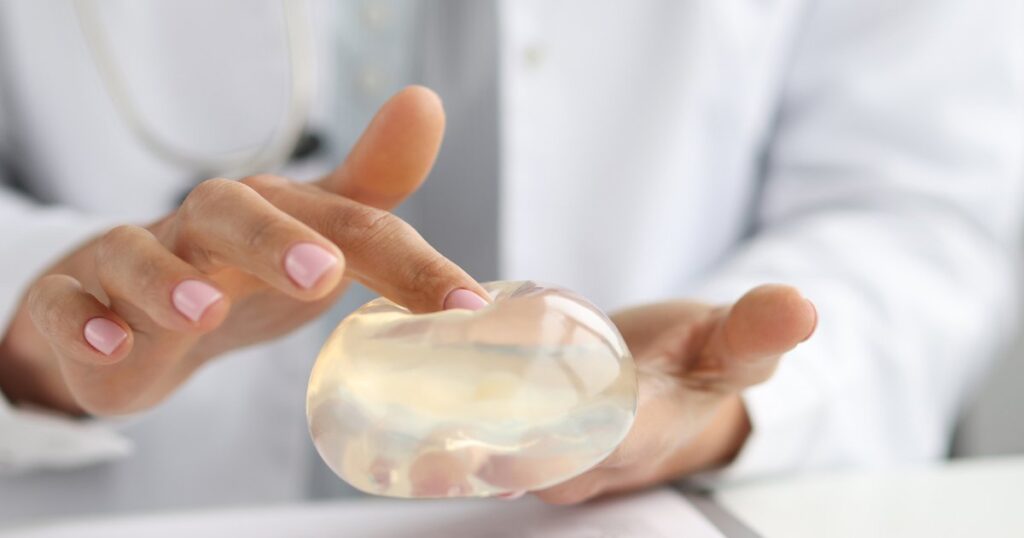
Silicone sheets are available over-the-counter to flatten and smooth raised scars. They need to be worn 12+ hours per day for several months to see results. Silicone gel sheets help hydrate scar tissue while applying gentle compression.
Steroid Injections
Corticosteroid injections can reduce inflammation in thick, painful scars during the wound healing process. By calming inflammation quickly, they may be able to prevent abnormal scarring. Steroid shots need to be administered by a medical provider.
Expected Timeline for Liposuction Scar Healing
On average, patients can expect their liposuction scars to go through the following healing stages:
Week 1
Scars will be reddish-pink in colour. They may feel slightly firm and swollen around the incision site. Some drainage, irritation, numbness and soreness is normal. Scars should be kept thoroughly clean and moist.
Week 2
In the second week after surgery, scabs should start falling off to reveal new pink scar tissue underneath. Scar massage can be started once incisions fully close. Avoid sun exposure.
Weeks 3-4
Scars may start itching as part of the normal healing response. An over-the-counter hydrocortisone cream can provide relief. Scars will gradually fade from bright pink to a duller pink colour over the first month of healing.
Months 2-3
Most swelling should revolve around 2-3 months post-liposuction. Scars continue to lighten in colour and will feel softer and flatter to the touch. Start using a silicone scar treatment daily.
Months 6-12
Scars reach their mature state around 6 to 12 months after surgery. At this point, they have significantly lightened, flattened and smoothed out compared to the first few months of healing. If unsatisfied with scar appearance after 1 year, consider scar revision treatments.
How to Prevent Thick, Visible Scarring After Liposuction
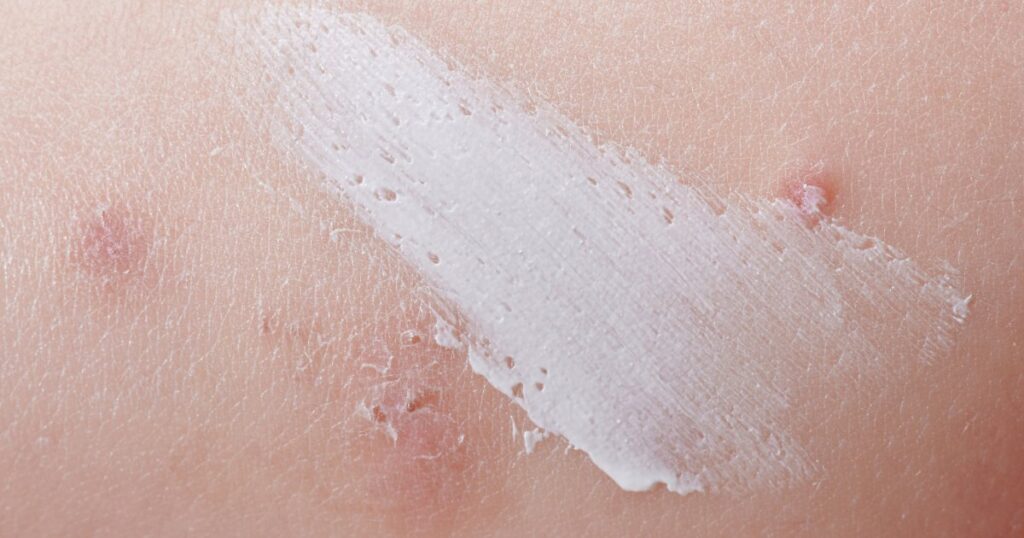
Follow all pre-op and post-op instructions from your plastic surgeon to optimise healing:
- Quit smoking/vaping for minimum 2 weeks before and after
- Avoid blood thinners and supplements that impair wound healing
- Use recommended scar care creams/tape as directed
- Wear compression garments 24/7 in first month, 12hrs/day after
- Get follow-up scar massage and laser treatments
- Protect fresh scars from sun exposure for 9 to 12 months
While small and well-hidden, liposuction scars are an inevitable outcome of the fat removal procedure. Following post-operative instructions diligently makes a significant difference in healing and long-term scarring. Combining scar treatments like silicone sheeting, steroid injections and laser therapy can further improve their cosmetic appearance over the first year after surgery.
Most patients find that their liposuction scars become far less conspicuous with time, blending into natural contours and skin folds. However, thick or uneven scarring can occasionally occur. Booking a scar revision consultation is recommended if you remain dissatisfied with the appearance of surgical scars 12 months post-op.
To learn more about liposuction and optimal scar care protocols, book an in-person cosmetic surgery consultation with leading Dubai plastic surgeon Dr. Tarek Bayazid.
